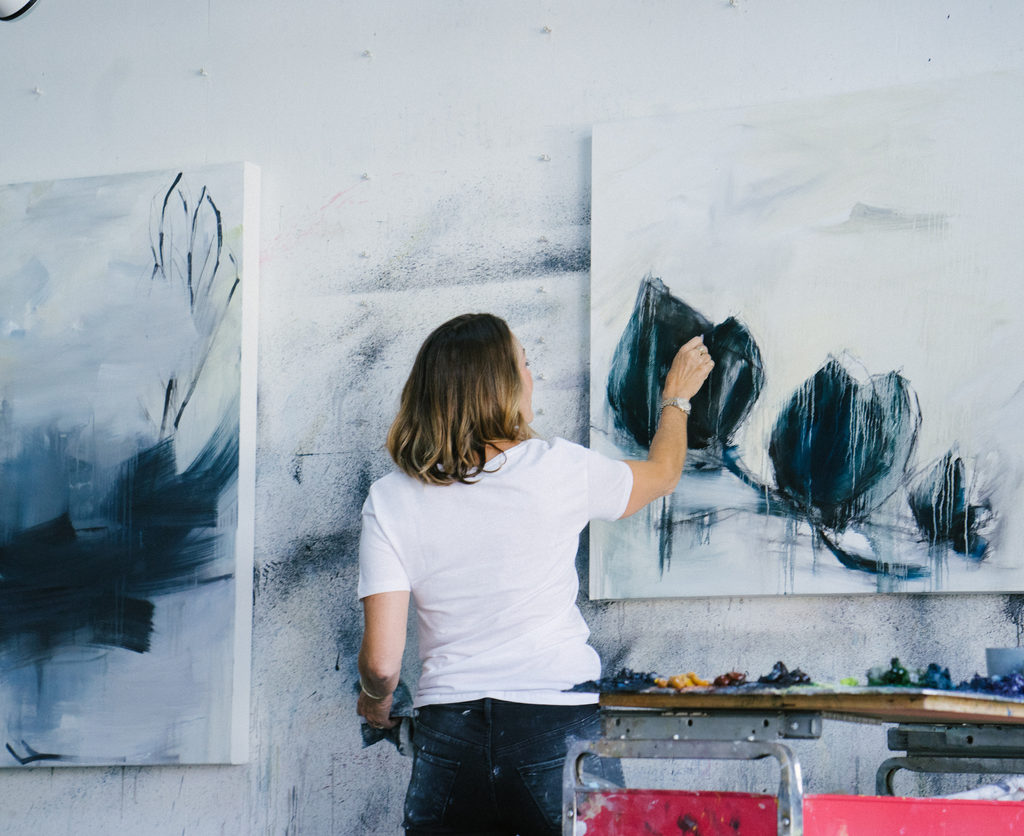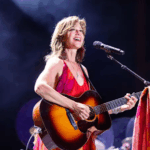Review: Voyaging Out: British Women Artists from Suffrage to the Sixties by Carolyn Trant
The story of twentieth century Western art is often promoted in art histories as the virility of Picasso, the machismo of Jackson Pollock and action painting, the ironic fame of Pop Art and Andy Warhol, the artist as (usually male) colossus. But there are other histories, of other artists doing less chest thumping but equally interesting work. Carolyn Trant tells one of them in her history of modern female British artists.
It’s not accidental that she starts at the era of women’s suffrage, as subsequent decades were about women artists trying to step out from the shadows of men. The book is also a counter to the view of modern art as all controversy and transgression, though women artists would be sometimes seen as radical simply by trying to pursue their art on their own terms. Needless-to-say, it took some strong-willed women to challenge things. The suffragette Sylvia Pankhurst used art to draw attention to working class women and their concerns, and in order to rebut the argument that women’s suffrage went against nature and God, she used rural and religious images in her work.
At the turn of the twentieth century, as well as dealing with the practicalities of art competing with housework, women artists had to put up with misogynistic theories of art. Some male critics and artists worried that female painters would ‘feminise’ art in general. Ezra Pound and Wyndham Lewis were merely two of those who thought women made ‘weak’ art (‘strength’ being a male way of judging art). Art traditionally made by women was often labelled ‘craft’ or ‘folk art’ and judged as second-rate. The idea that women naturally make inferior art is nonsense of course. The book has numerous examples of women making art that rivalled men’s. Stanislawa de Karlowska painted urban landscapes in fauvist saturation of colour, but with more clarity than the fauvists. Barbara Hepworth was one of the nation’s leading abstract artists, but her husband Ben Nicholson, leader of the St Ives school, despite being interested in outsider art and innovation, thought only the men in his circle made ‘serious’ art.
But critics such as Clive Bell didn’t want women to paint like men anyway. He condescendingly praised female painters who displayed feminine ‘charm’. At the same time, women were regarded as muses or ideals and women treading in male territory threatened this illusion. As critic John Berger, always alert to elitism, noted, men thought women couldn’t handle nudity, and they were not allowed to paint even other women in life classes, leading some women to model for each other outside of classes. When women did paint bodies, clothed or unclothed, they were often more realistic, and rather than simply portraying nymphs, they painted mothers, workers – individuals, rather than ideals.
In more bohemian circles there was support for women from men. But the women were still expected to make the dinner, as ironically happened in some of the liberation movements during the Sixties. And independence sometimes translated simply into promiscuity or occultish nonsense, often pushed there by the church’s conservative stance on gender. There were exceptions. Catherine Giles converted to Catholicism after a trip to Italy, and like John and Myfanwy Piper became interested in churches and the countryside as an alternative to soul-sapping modernity. Others, such as Betty Swanwick, saw Christianity as an ally in questioning the status quo. Her radicalism went so far as criticising the (mostly male) artists who kept changing styles in order to stay cutting edge, so that they could win praise, and consequently sales, from critics now hungry for the ever-new.
For some women, sadly, being an artist meant they felt they had to choose between art and children. And relationships were sacrificed. Men became jealous and when marriages ended, women, if they had children, were left with the full burden of caring for them. Some chose art, some family. Anne Redpath was one who put her art on hold to raise children, but the richness of that experience contributed to the richness of her art when she subsequently resumed painting.
While women made some progress, by the Sixties, when the book ends, British art, says Trant, entered the age of the blockbuster exhibition and the art world tended to ignore the ‘quiet flowering of creativity elsewhere’. Trant’s book is a significant contribution to redressing that imbalance.
Nick Mattiske blogs on books at coburgreviewofbooks.wordpress.com













